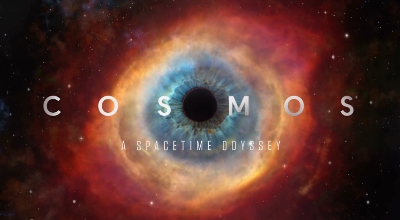And, well, if there's one thing I love doing, it's explaining maths things like a nerd!
Now, I want to ignore for a start, the fact that the new method of maths isn't "common core". I'm going to get this horribly wrong, because I'm not American and the name "common core" comes from the new American teaching standards. The fact that it includes this new style of doing maths is kinda just a coincidence. America isn't the only country teaching students this method, my younger sister was being taught it a year or so ago.
But to me, this is kinda pointless semantics. I want to explain the method behind this, so to do this, let's start with the example constantly being shown.
32 - 12
Now, hopefully anyone can look at this and figure the answer is 20. The problem comes from trying to actually properly figure it out by hand. The old method and the new method side-by-side look something like this:
You get the same answer either way, but the old way on the left looks much easier. There's only one step, and the way on the left just adds in more ways you can make errors. Why would anyone use it? Where do those numbers even come from?
I'll answer the second first. What you're never shown in this example is what's actually being done. You just get shown some weird numbers and, if you don't understand what the method is, of course they'll look strange.
The point behind the new method is that, well, the human brain is really awful at maths. Seriously. Our brains are simply not wired that way. Our brains evolved in an environment where the only useful numbers were "one enemy" and "lots and lots of enemies". That's why we invented the calculator.
So the new method is designed to get the numbers to something nice and friendly. Specifically, multiples of 5 and 10, because multiples of 5 and 10 are pretty much the easiest numbers to deal with. 12 + 3 = 15, 15 is a nicer number than 12, 15 + 5 = 20, and 20 is a much nicer number than 12.
The other thing it's designed to do is to skip subtraction entirely. Our brains are pretty awful at that too, and pretty much any time anyone subtracts anything in their head, they're actually just thinking "now what number adds to make it up to the full amount?" Subtraction is, at its core, reverse addition, and that's the way our brain subtracts too. By leaving out any actually subtraction, we make it easier for ourselves to actually subtract in our head. Keep in mind that, this also poorly represents how the second method actually works. You don't do all those additions, then do that last addition at the end. You keep a running total as you go. You go, "oh 12 + 3 = 15, 15 + 5 = 20, 5 + 3 = 8 and I'll keep that in the back of my head, 20 + 10 = 30, 8 + 10 = 18, good thing I didn't forget that 8 I said I'd remember, 30 + 2 = 32, 18 + 2 = 20".
Because that's the main point behind this new method of maths. To teach students how to subtract in their head in a way that is easy, actually works with out brains and not against and, most importantly, has a smaller chance of errors. Let's face it, pretty much any time you need to do some subtraction, or any other complicated maths problem, and you've got a pen and paper handy, you've almost certainly also got a calculator handy, either on your computer or on your cellphone. Nobody really needs to know how to do pen-and-paper maths except as an absolute last resort. Being able to do it in your head, however, is pretty handy.
Let's look at a different example.
31 - 12
Oh dear. That old method isn't looking quite so good any more. It still kinda looks better though, right? Also, note I skipped a step in the second one there. While the example shows adding to multiples of 5, I don't really see the point in that. To me, it's easier to go straight to multiples of 10. That way, until the final step, you're only ever adding a one multiple of ten to a different multiple of different.
But also remember what I said. Half the point is being able to do this in your head. How do you carry the 1 in your head? It's doable, but it's easy to slip up.
The difference becomes more obvious when you start having 4 or so digit numbers. Like, say... counting out change!
Let's say, you're buying something for $3.45 and you're paying with a $20 and you want to know how much change you get. Let's look at both methods again!
20 - 3.45
Look at the convoluted way the old method takes to figure out change, whereas the new method is much, much easier to do in your head. A lot of cashiers already know this method for counting out change, but suddenly, when it's labelled "common core", it's terrible? I know I'd used it a few times before I'd heard the phrase "common core", because it's easier to do in your head.
Lastly, though, I want to use a nicely cherry picked example to, well, demonstrate why cherry picking is stupid but also to illustrate my point again.
1000 - 999
Wow! That old method is so slow and terrible! Why would anyone use it?








